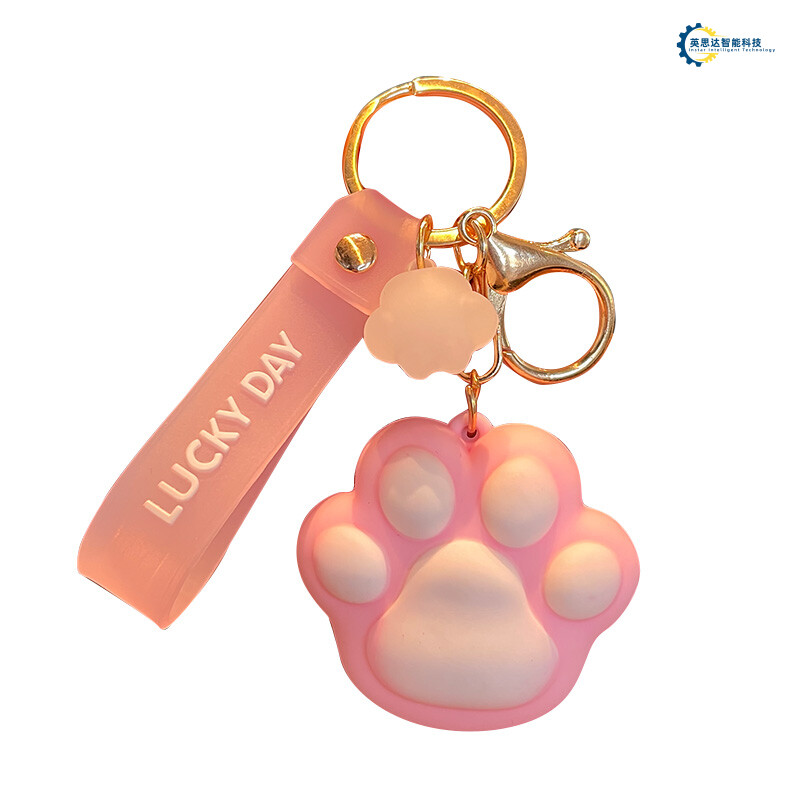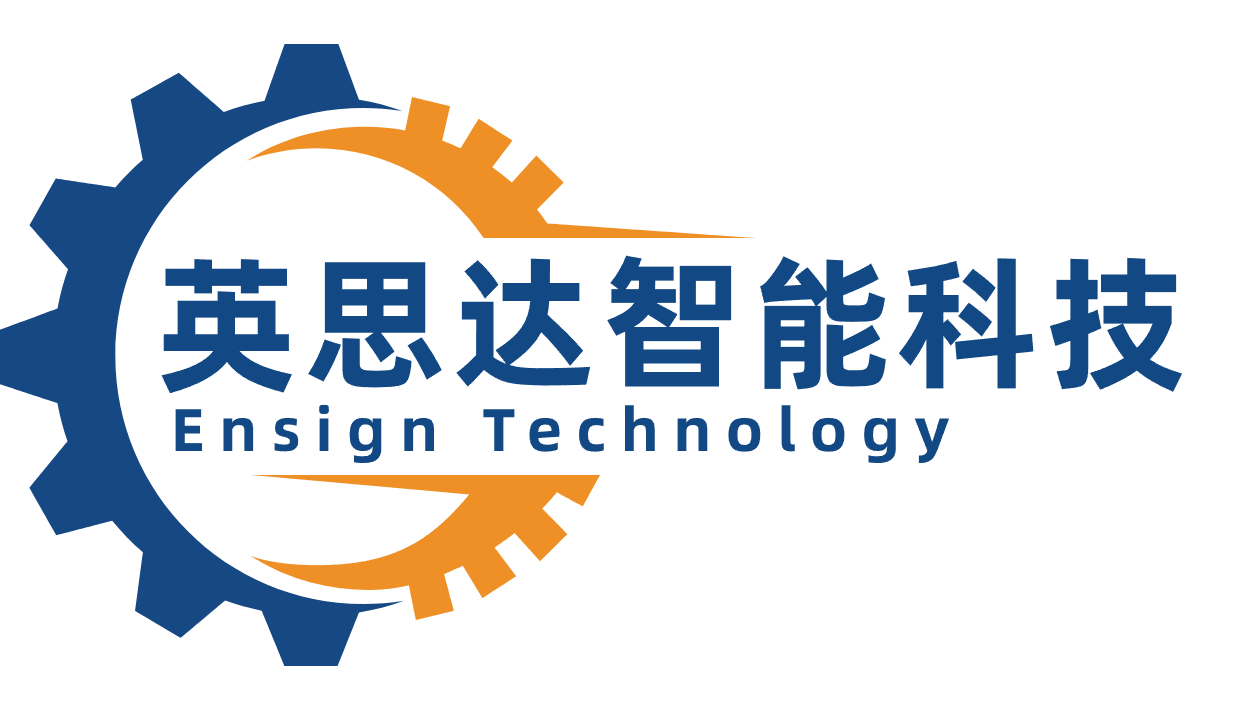Key Takeaways
So, you’re diving into the wild world of garment embossing machines? Buckle up, because this isn’t your grandma’s sewing circle. Let’s break down the essentials faster than a hydraulic press squashing a rogue rhinestone:
- Hydraulic vs. Silicone Tech: Imagine Thor’s hammer (hydraulic) vs. Elastigirl’s stretchy hands (silicone). Hydraulic presses deliver Hulk-level pressure for 3D logo precision on denim, while silicone pads are the eco-friendly yoga masters bending around sportswear curves.
- PID Temperature Control: These machines are pickier than a barista with a latte art competition. ±1°C accuracy means your logos won’t look like melted crayon art.
- Dual-Station Machines: Think of it as cloning yourself—double the embossing, half the caffeine crashes. Perfect for bulk orders, or when you’re this close to missing a deadline.
“Why settle for a ‘meh’ logo when your jeans could flex a 3D masterpiece? Precision isn’t a luxury—it’s a middle finger to mediocrity.”
Here’s a cheat sheet for the indecisive:
| Feature | Hydraulic Press | Silicone Pad Tech |
|---|---|---|
| Best For | Denim, leather, heavy fabrics | Sportswear, stretchy materials |
| Eco-Friendliness | Needs oil (RIP, planet) | Silicone = reusable superhero |
| Speed | Slow but mighty | Faster than a caffeinated cheetah |
Pro Tip: If your machine’s heat plate durability isn’t top-notch, you’re basically ironing your designs with a hair straightener. Invest in quality—or prepare for “vintage” (read: burnt) aesthetics.
Transitioning smoothly? Think of it like swapping from cowboy boots to sneakers: each tech has its turf. Whether you’re chasing pressure stability or eco-warrior bragging rights, just remember—temperature accuracy is the secret sauce. Now go forth and emboss like the fabric wizard you were born to be! 🔥

Hydraulic vs Silicone Garment Embossing Tech
Picture this: hydraulic press machines are the gym bros of the embossing world—all brute force and biceps, slamming down with the subtlety of a rhinoceros at a tea party. They’re perfect for stamping 3D logos into denim like they’re carving their initials into a tree. But then there’s silicone pad tech, the yoga instructors of fabric decoration—flexible, eco-friendly, and whispering “namaste” while gently pressing designs onto sportswear without breaking a sweat (or a thread).
Why choose? Hydraulics bring the drama with pressure stability that could crush a diamond, ideal for jeans that need to survive mosh pits. Silicone, though? It’s the eco-warrior using reusable pads, dodging toxic chemicals like a ninja avoiding gluten. Imagine trying to emboss a delicate yoga legging with a hydraulic press—it’d be like using a flamethrower to toast marshmallows. Conversely, silicone might struggle with thick denim faster than a toddler trying to lift a dumbbell.
Here’s the kicker: modern machines are blending both. Think of it as a buddy cop movie—hydraulic’s “by-the-book” muscle teams up with silicone’s “loose cannon” creativity. Together, they handle everything from dual-station bulk jobs to PID temperature control so precise it could bake a soufflé. Just don’t let them argue over who’s the real MVP—it’s like watching a debate between a sledgehammer and a stress ball.
Energy-Efficient Models With PID Temperature Control
Let’s talk about energy-efficient models that won’t make your electricity bill scream louder than a toddler denied candy. These machines come with PID temperature control—a fancy term for “I’ll keep things hotter than your ex’s Instagram posts, but with the precision of a cat avoiding a puddle.” Imagine a thermostat that’s part neurotic chef, part zen master, holding temperatures within ±1°C so your 3D logos on denim/textiles don’t end up looking like melted crayon art.
Why should you care? Well, traditional embossing machines guzzle power like a college student at an open bar. But these PID-controlled wonders? They’re the hybrid cars of the garment world—saving energy bills while still flexing enough heat to stamp logos sharper than your aunt’s unsolicited life advice. Plus, they’re sneaky-smart. If the temperature tries to wander off (like your focus during a Zoom meeting), the PID system yanks it back faster than you’d swipe left on a blurry Tinder profile.
And here’s the kicker: energy efficiency doesn’t mean sacrificing speed. These models heat up quicker than a microwave burrito, so you can churn out sportswear bling without your production line moving slower than a sloth on melatonin. Eco-friendly? Check. Wallet-friendly? Double-check. Just don’t let your competitors find out—they’ll be greener than your silicone applications with envy.

Dual-Station Embossing Machines for Bulk Production
Picture this: you’re trying to emboss enough denim jackets to outfit a literal army of fashion-forward robots, but your single-station machine moves slower than a sloth on espresso. Enter the dual-station embossing machines—the over-caffeinated superheroes of bulk production. These bad boys don’t just double your output; they turn your factory into a hydraulic press disco, where one station stamps 3D logos like it’s dancing the cha-cha, while the other preheats designs with PID temperature control so precise it could rival your grandma’s oven mitt instincts.
Why settle for one when you can have two? With dual-station operation, you’re basically cloning your productivity. Imagine finishing a mountain of sportswear orders before lunch, then using your free afternoon to argue with the thermostat (because, let’s be real, that’s what counts as a hobby now). These machines handle denim and textiles like a toddler handles crayons—messy enthusiasm, but with shockingly good results. Plus, their energy-efficient design means you’re saving enough power to binge-watch every season of Project Runway guilt-free.
But wait—there’s more! The dual-station setup isn’t just about speed; it’s about style. While Station A is pressing eco-friendly silicone onto yoga pants, Station B is casually perfecting logo precision on jeans tighter than your post-holiday sweatpants. It’s like having a sous chef that never burns the soufflé. Meanwhile, your competitors? Still stuck in single-station purgatory, wondering why their output looks like a DIY glitter bomb gone wrong.
Pro tip: If your machine could talk, it’d probably ask for a raise. Or at least a name tag that says “Bulk Production Overlord.”

Eco-Friendly Silicone Applications in Sportswear
Let’s talk about eco-friendly silicone—the unsung hero turning your gym leggings into planet-saving superhero costumes. Gone are the days when sportswear embossing meant belching toxic fumes or leaving a carbon footprint bigger than a bodybuilder’s sneaker. Today’s silicone applications are like that friend who brings kale chips to a pizza party: weirdly virtuous but secretly awesome.
Modern hydraulic garment embossing machines now use food-grade silicone molds (no, you can’t eat them) to stamp intricate 3D patterns onto fabrics without summoning the wrath of Mother Nature. Imagine a machine so precise it could embroider a microscopic “Swoosh” on an ant’s gym shorts. That’s the magic of PID temperature control—keeping heat plates at a steady ±1°C, because even silicone has trust issues with inconsistent exes (cough, traditional presses).
But here’s the kicker: these dual-station machines don’t just emboss. They multitask like a caffeine-fueled intern, switching between logos and textures faster than you can say “spandex sustainability.” And unlike older methods that guzzled energy like a frat house on keg night, energy-efficient models sip power like a monk sipping herbal tea.
So next time you’re rocking those eco-embossed yoga pants, remember: your outfit isn’t just stretchy—it’s basically a leafy green salad in clothing form. Namaste, planet Earth.
3D Logo Precision in Denim Fabric Processing
Let’s talk about denim—the fabric that’s tougher than your aunt’s meatloaf but somehow needs to look fancy with a 3D logo. Imagine trying to stamp a crisp, raised design onto material that’s basically the Hulk of textiles. Enter PID temperature control, the unsung hero that’s more precise than a cat judging your interior décor choices. These machines don’t just press; they perform thermal ballet, maintaining heat within ±1°C—because even denim deserves a spa day.
Why does this matter? Picture your favorite jeans sporting a logo that’s as wobbly as a toddler’s crayon masterpiece. Not cool. Modern hydraulic embossing machines laugh in the face of uneven pressure, thanks to dual-station operation that works harder than a caffeinated intern during Black Friday sales. And let’s not forget the eco-friendly silicone plates—because nothing says “sustainable fashion” like squishing molten rubber into art that survives 100 washes (and your dog’s chew toys).
So, whether you’re branding jeans for rockstars or yoga pants for llamas (hey, no judgment), precision here isn’t optional—it’s the difference between “luxe logo” and “my toddler designed this.” And trust me, denim doesn’t forgive sloppy work. It’s like a grumpy librarian; cross it, and you’ll never hear the end of it.
Comparing Hydraulic Press Pressure Stability
Picture this: you’re trying to stamp a 3D logo onto denim, but your machine’s pressure wobbles like a yoga instructor balancing on a beach ball. Not ideal, right? When it comes to hydraulic press pressure stability, consistency isn’t just nice—it’s the difference between “luxe designer jeans” and “denim disaster.” Modern garment embossing machines laugh in the face of chaos, thanks to PID-controlled wizardry that keeps pressure curves flatter than a pancake at a lumberjack breakfast.
Why fuss over stability? Imagine your hydraulic system as a toddler hopped up on candy—erratic bursts of energy, zero focus. But with precision-guided pressure valves, these machines channel that toddler into a zen master. They maintain ±1% pressure tolerance, meaning your sportswear logos stay crisp even after 10,000 cycles. Compare that to older models, where pressure drops could turn a sleek Nike swoosh into something resembling a melted gummy bear.
Bonus laughs: Some brands now brag about “zero tonnage tantrums”—because nothing says “professional” like a machine that won’t throw a fit mid-production. And let’s not forget the secret sauce: adaptive load sensors that adjust faster than a cat dodging bath time. So, if your denim’s embossing looks like abstract art, maybe it’s time to upgrade from “grandma’s quilting technique” to a press that actually knows what it’s doing.

Top Features: Heat Plate Durability & Speed
Let’s talk about the heat plate—the unsung hero of garment embossing machines. Imagine a metal pancake griddle, but instead of flipping flapjacks, it’s stamping 3D logos onto denim like a caffeinated tattoo artist. The key here? Durability that laughs in the face of 10,000 cycles of heat-and-crush chaos. These plates aren’t just “tough”; they’re the Chuck Norris of industrial equipment, shrugging off scorching temps and pressure that would make a hydraulic press blush.
But speed matters too! A sluggish heat plate is like a sloth running a marathon—adorable but useless. Modern machines boast rapid-cycle systems that flip between designs faster than a TikTok trend. Think “set it, stamp it, forget it”—except you can’t forget it, because PID temperature control (±1°C, folks!) ensures your logo doesn’t end up looking like a melted crayon masterpiece. Pro tip: If your heat plate’s speed rivals a grumpy cat’s nap schedule, maybe upgrade before your denim orders become vintage (read: delayed).
Oh, and let’s not forget ceramic-coated surfaces—the non-stick pans of the embossing world. Because nobody wants to scrape burnt fabric residue off a plate like it’s last night’s pizza crust. Stay speedy, stay sturdy, and keep those logos crisp enough to impress even your pickiest yoga-pant clientele. 🚀
Smart Buyer’s Guide: Temperature Accuracy Matters
Let’s face it—nobody wants their 3D logo on a $200 denim jacket to look like a toddler’s finger-painting project. That’s where PID temperature control swoops in like a superhero with a PhD in not burning your fabric to a crisp. Imagine your embossing machine as a grumpy chef: too cold, and your design sticks like overcooked spaghetti; too hot, and you’ve got a smoky mess that even the fire department side-eyes. ±1°C accuracy isn’t just a fancy number—it’s the difference between “luxury branding” and “I’ll take my chances with a soldering iron.”
Why should you care? Because temperature stability is the secret sauce for eco-friendly silicone applications. Picture this: your machine’s bouncing between temps like a caffeinated kangaroo. Suddenly, your sportswear logos go from “sleek athlete” to “melted crayon art.” Not exactly brand-enhancing. Modern machines with PID tech laugh in the face of fabric tantrums, keeping heat plates chill (literally) even during marathon production runs. Pro tip: If the specs don’t brag about dual-station synchronization and energy-efficient heating, run. Fast. Your yoga pants deserve better than a machine that can’t handle the heat (or lack thereof).
And hey, if you’re still tempted to cheap out? Just remember: temperature accuracy is like a good relationship—consistent, reliable, and never leaves you guessing why your logos look like they survived a lava bath.
Conclusion
So, you’ve made it to the end of this hydraulic press rollercoaster—congrats! If garment embossing were a superhero movie, these machines would be the Avengers: each with its own quirky superpower. The PID temperature control? That’s your obsessive-compulsive friend who insists the thermostat must stay at 69.420°C. Dual-station operation? Imagine a buffet line where jeans and sportswear get their 3D logos stamped faster than you can say “extra guac.”
But let’s not forget the unsung hero: eco-friendly silicone applications. It’s like swapping out your gas-guzzling SUV for a hybrid… except this hybrid also makes yoga pants look fancy. And hey, if your heat plate durability ever falters, just whisper sweet nothings about pressure stability—it’ll perk right back up.
In the wild world of denim fabric processing, precision isn’t just a buzzword; it’s the difference between “cowboy chic” and “my logo looks like a toddler’s finger painting.” So whether you’re team energy-efficient models or here for the hydraulic vs silicone drama, remember: the right machine doesn’t just emboss garments—it embosses legacy. Or at least, it keeps your production line from imploding. You’re welcome.
FAQs
Why do hydraulic embossing machines act like overenthusiastic gym bros?
They’re all about pressure stability, flexing their PID temperature control muscles to hit ±1°C accuracy—no shaky hands here. Perfect for stamping 3D logos on denim without turning your fabric into modern art (unless you want that).
Can silicone applications make my sportswear eco-friendly and stylish?
Absolutely! Think of eco-friendly silicone applications as the avocado toast of textiles: green, trendy, and weirdly satisfying. They bond logos without toxic drama, so your yoga pants can save the planet and your reputation.
Do dual-station machines actually double productivity, or is it a magic trick?
No rabbits in hats here! Dual-station operation lets you stamp jeans on one side while prepping the next batch—like a DJ mixing tracks. Bulk production? More like bullseye production.
What’s the deal with heat plates outlasting my relationships?
Heat plate durability isn’t romance, but it’s close. These babies endure endless cycles at scorching temps, thanks to military-grade coatings. Meanwhile, your ex still can’t text back. Priorities!
Why should I care about energy efficiency?
Because energy-efficient models sip power like a fancy latte—saving cash and the polar bears. Plus, they’re quieter than your coworker’s conspiracy theories about the office microwave.
Ready to Turn Your Denim Drama into 3D Masterpieces?
Don’t let your fabrics sulk in flatness! Click here to chat with embossing wizards who’ll make your logo pop harder than a surprise birthday party. 🎉
